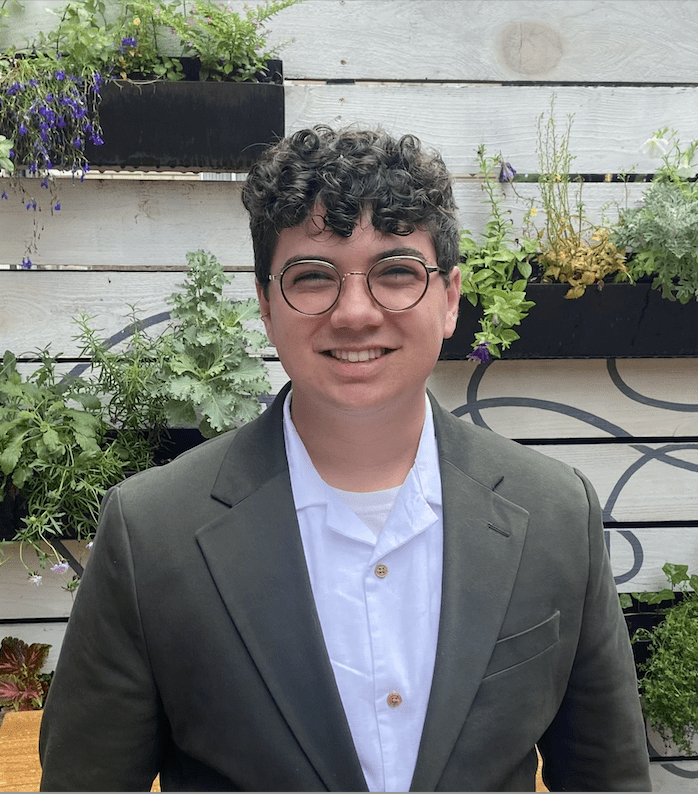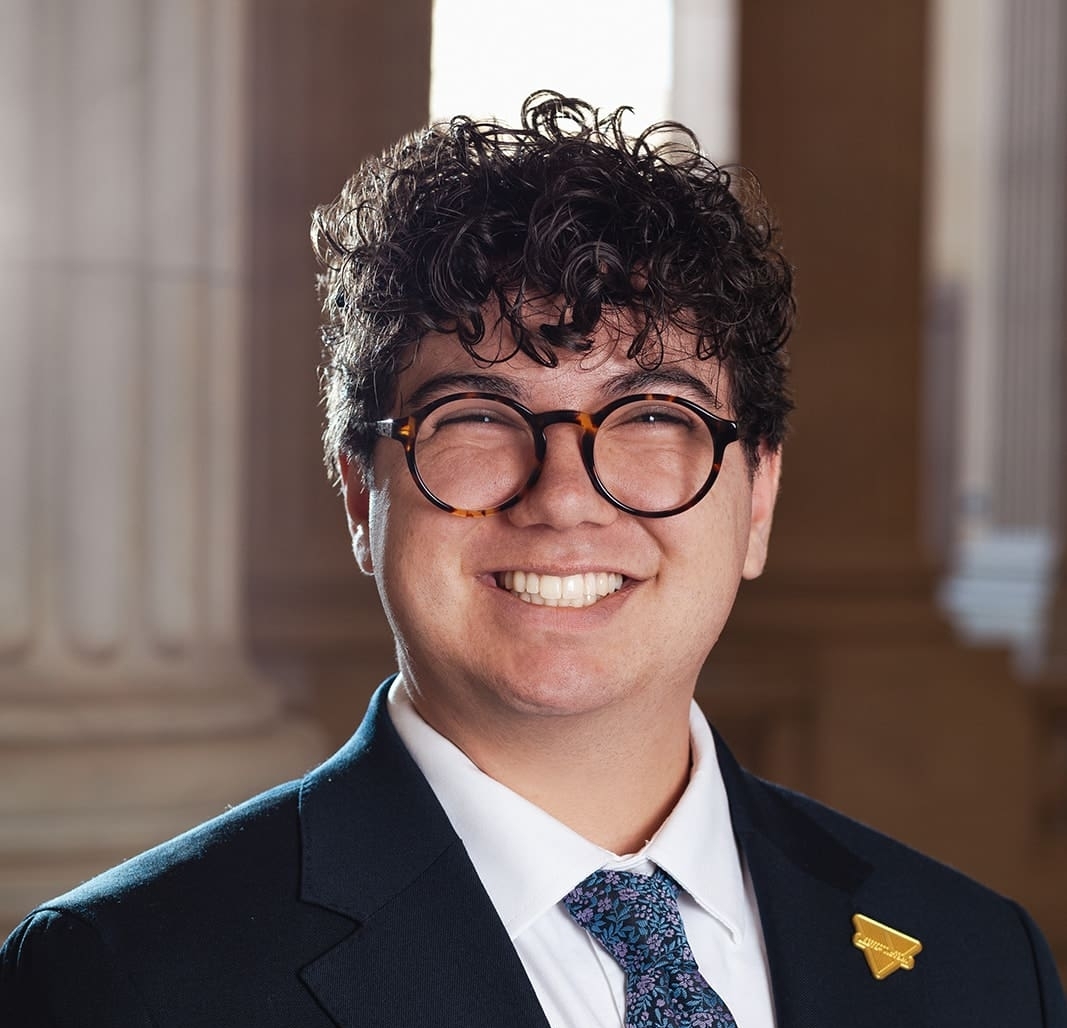
OUT ON THE HILL is the official blog of the Victory Congressional Interns. Views expressed do not necessarily reflect those of LGBTQ+ Victory Institute. Learn more about the internship at victoryinstitute.org/vci.
_______________________
“What does democracy look like?”
“This is what democracy looks like!”
It’s Presidents’ Day, and across the country, voices rise in unison against a system that feels increasingly unresponsive. Protesters flood the streets, their chants echoing off the stone facades of government buildings. They march against a President who disrespects them, against billionaires who hold the reins of power, and against a Congress that refuses to protect its people.
 “What does democracy look like?”
“What does democracy look like?”
“This is what democracy looks like!”
Americans are turning inward, questioning the foundation of their democracy. Who truly holds the power? Not the politicians, not the CEOs—but the people. And today, the people are fighting back.
Standing before the Capitol, surrounded by a sea of signs, voices, and conviction, I chant along:
“What does democracy look like?”
“This is what democracy looks like!”
Yet, even as my voice joins the chorus, a question gnaws at me—what is my role in democracy?
9:34 AM—The phone rings. The early morning calls are always the hardest. I brace myself.
The voice on the other end is sharp with frustration. Another constituent, furious at the Congresswoman, blaming her for the results of the 2024 election. I sigh—it’s not even 10 AM, and already, all I can offer is a measured, “I’m sorry you feel this way.”
Then, her voice cracks. She’s lost her job in the latest wave of mass layoffs. Her daughter has a medical condition and she doesn’t know how she’ll afford the next round of bills. The frustration in me dissipates, replaced by something heavier. I take down her information and I promise her that I will do everything I can to help.
I hang up and sit with the weight of her words. Ten calls like this in a week. Ten lives upended. Ten cries for help.
I think about the protests. About the voices demanding change. About the signs raised high in defiance.
What does a cry for help look like?
This is what a cry for help looks like.
Not everyone calls their representative in anger. Some, like me, walk into the belly of the beast every day, pick up the phone, write letters, and, if they’re lucky, attend a briefing that might shape policy in the smallest of ways.
 This Presidents’ Day, the protest swirls outside the very building where I work my 9 to 5. I stand in the crowd and wonder—am I part of the problem? Am I another cog in a broken system? Maybe.
This Presidents’ Day, the protest swirls outside the very building where I work my 9 to 5. I stand in the crowd and wonder—am I part of the problem? Am I another cog in a broken system? Maybe.
But then I think about the memos I send. The letters I write to constituents, explaining the Congresswoman’s stance. The calls I answer, listening to voices that might otherwise go unheard. Every action, no matter how small, is a push against the inertia of a system reluctant to change.
Democracy isn’t just in the halls of power. It isn’t just in the streets. It is in every voice that refuses to be silenced, from the protester, to the staffer, to the constituent on the phone.
So I ask myself again:
“What does democracy look like?”
“This is what democracy looks like.”

